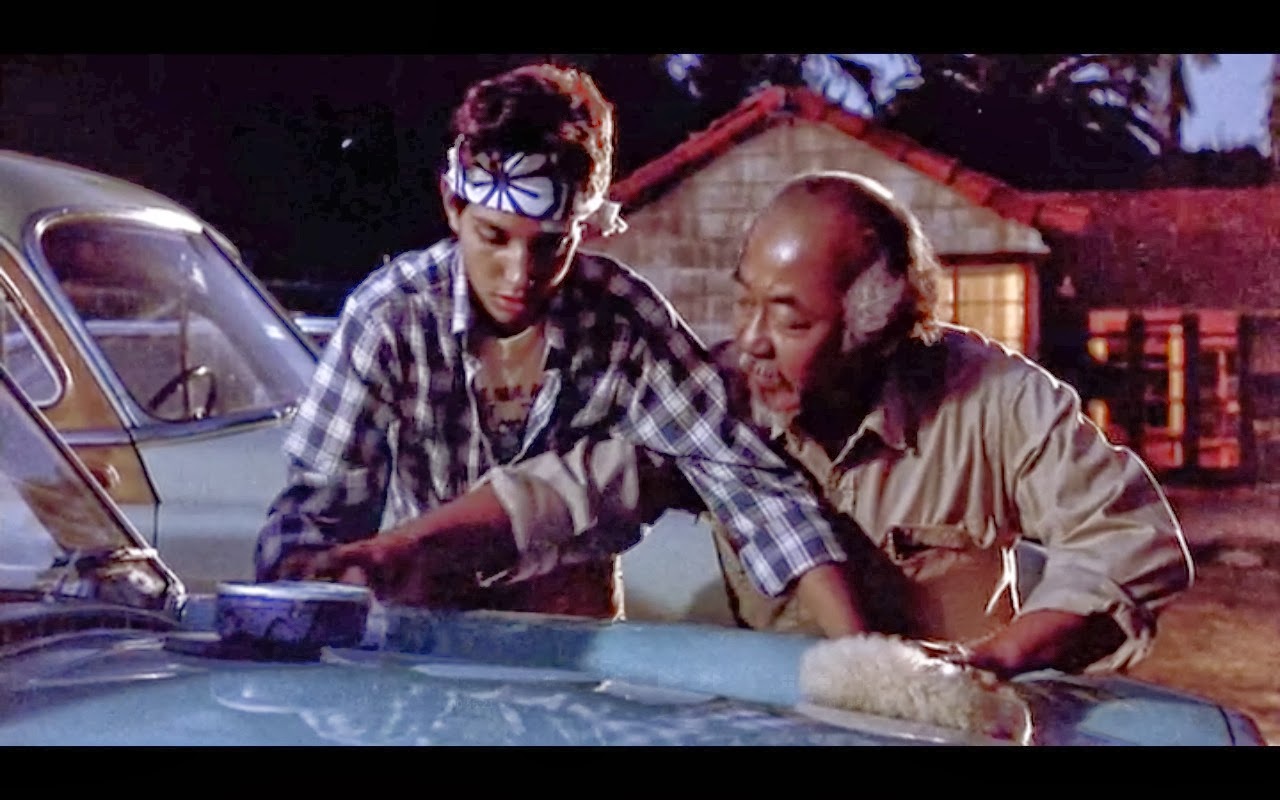So, you’ve come up with the slogan, you’re thrilled with the visual branding and your adverts are short, sharp, and
Read more

So, you’ve come up with the slogan, you’re thrilled with the visual branding and your adverts are short, sharp, and
Read more
Literary legend has it that Ernest Hemingway took on a bet that he couldn’t tell a complete story in just
Read more
How do you turn your business acumen from good to great? The answer… it’s all in the little details. Take
Read more
Talk show host Ricki Lake once said: “For me, being memorable is more important than winning.” In a world where
Read more
Recently the Twitterverse exploded with the news that Kim Kardashian and Kanye West have graced the cover of American Vogue.
Read more
Business share a lot of things these days: a healthy rivalry, customers and if you’re a hip Melbourne small business
Read more